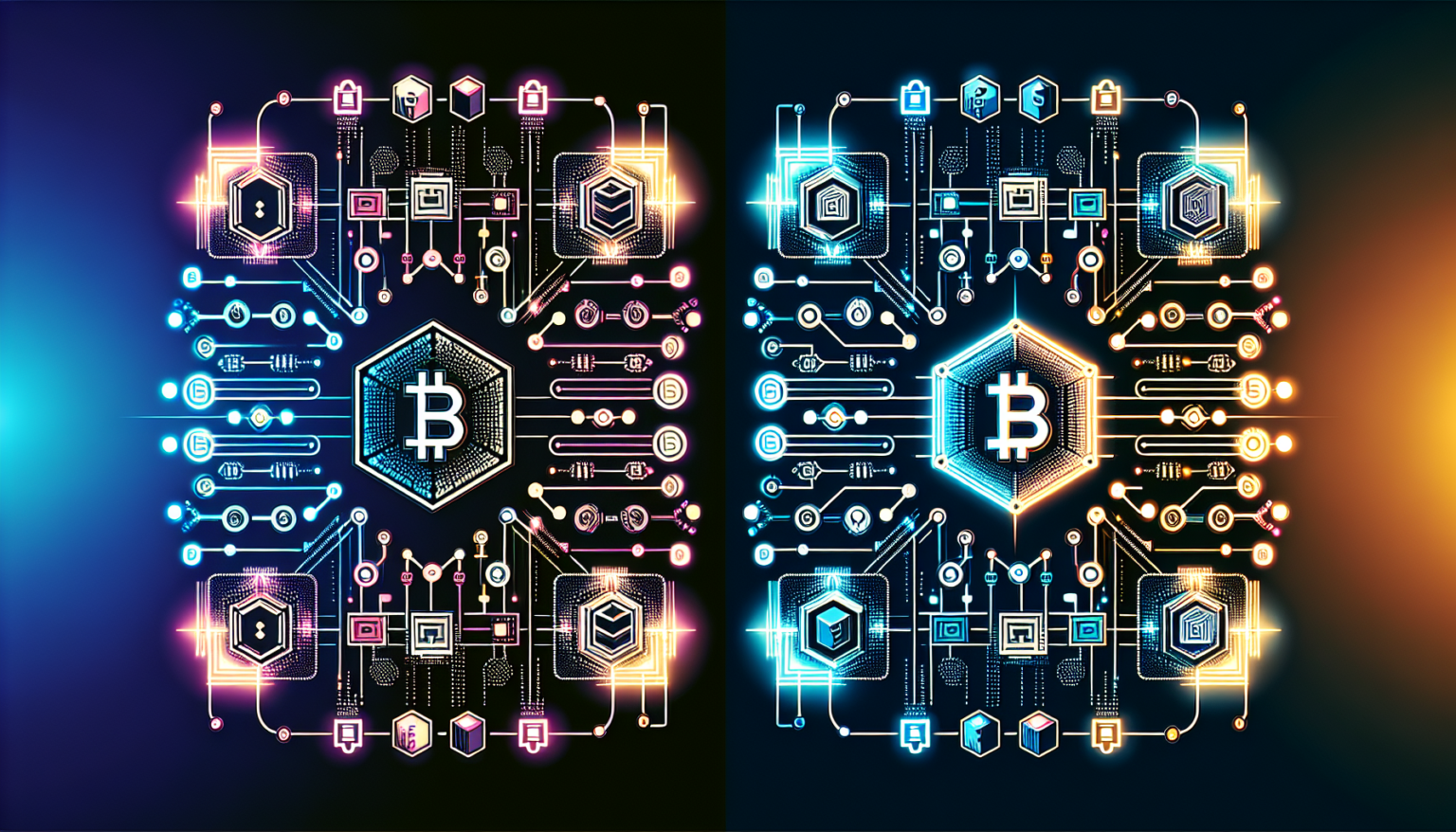Understanding Binance Smart Chain and Ethereum
What is Ethereum?
Ethereum is a decentralized platform that enables developers to build and deploy smart contracts and decentralized applications (DApps). It was launched in 2015 and has gained immense popularity due to its robust capabilities. Ethereum uses a native cryptocurrency called Ether (ETH), which is necessary for executing transactions and running applications on the network.
What is Binance Smart Chain?
Binance Smart Chain (BSC), launched in September 2020, is a blockchain network developed by Binance, one of the largest cryptocurrency exchanges globally. BSC allows users to create smart contracts and DApps, similar to Ethereum, but with a focus on providing a more efficient and cost-effective network. It uses Binance Coin (BNB) as its native token for transaction fees and utility within the ecosystem.
Transaction Costs: A Comparison
Gas Fees on Ethereum
One prominent factor in determining the cost-effectiveness of a blockchain platform is the transaction fees, commonly referred to as gas fees on Ethereum. Gas fees can fluctuate wildly based on network demand, which can lead to high costs during peak times. As of recent trends, gas fees have seen spikes, often exceeding several dollars per transaction, severely impacting smaller users and developers trying to deploy their projects.
Gas Fees on Binance Smart Chain
In contrast, Binance Smart Chain aims to provide a more stable and lower fee structure. The average transaction fee on BSC is generally much lower, often costing just a cent or a fraction of a cent. This affordability enables greater accessibility for users and developers, particularly those working on smaller transactions or projects with lower budgets.
Fee Structure Analysis
The underlying mechanisms governing fees differ between both platforms. Ethereum employs a bidding system where users set gas prices, and miners choose transactions to include based on profitability. In BSC, the model is more predictable, and fees are generally fixed, leading to less uncertainty for users.
Transaction Speed and Scalability
Speed on Ethereum
Ethereum’s transaction speed is often hampered by its scalability issues. The network can process around 15 transactions per second (TPS), and during increased network activity, transaction delays can occur. While Ethereum 2.0 aims to enhance this with proof-of-stake and sharding, the transition has faced delays, keeping current users exposed to slower transaction times.
Speed on Binance Smart Chain
On the other hand, Binance Smart Chain boasts an impressive TPS of around 100. This faster processing enables quicker confirmations and a better user experience, particularly for time-sensitive transactions. Moreover, BSC has incorporated features that can handle a higher volume of transactions concurrently, further enhancing its scalability.
The Role of Validators vs. Miners
Another factor contributing to these speed differences is the validation process. Ethereum relies on miners in a proof-of-work (PoW) setup, which is energy-intensive and can slow down the network. In contrast, BSC uses a proof-of-staked authority (PoSA) model where validators are given the responsibility of confirming transactions. This not only speeds up processing times but also contributes to lower fees.
Development Ecosystem
Ethereum’s Developer Community
Ethereum’s extensive developer community plays a pivotal role in its growth and innovation. With thousands of developers actively working on various projects, Ethereum benefits from a wide range of tools, resources, and libraries, fostering a vibrant ecosystem of DApps and services. The support for standards like ERC-20 and ERC-721 facilitates token creation and further promotes seamless integration between projects.
Binance Smart Chain’s Growing Ecosystem
While Binance Smart Chain is relatively new, it is rapidly growing, with an increasing number of projects being deployed. BSC is fully compatible with the Ethereum Virtual Machine (EVM), allowing developers to easily migrate their projects from Ethereum to BSC. This compatibility has attracted several decentralized finance (DeFi) platforms and NFT marketplaces to BSC, enhancing its ecosystem.
The Impact of Support and Documentation
The level of support and documentation available can also influence a developer’s choice of platform. Ethereum has extensive documentation and support from various communities. Although BSC also provides good documentation, the resources may not be as vast or as mature as those available for Ethereum. This disparity can play a crucial role for new developers choosing where to start.
User Experience and Accessibility
User Interfaces and Wallets
Ethereum has a multitude of wallets and user interfaces available, providing diverse options for users. Popular wallets like MetaMask and Coinbase Wallet make it easy to interact with Ethereum-based DApps, enhancing the overall user experience.
Binance Smart Chain is also well-supported by wallets and interfaces, with options such as Trust Wallet and Binance Chain Wallet. The user interfaces are often designed with simplicity and ease of use in mind, which can be appealing to newcomers.
Accessibility for Investors
From an investment perspective, the lower transaction fees and faster processing times of Binance Smart Chain lower barriers for entry. This accessibility attracts a broader range of investors, especially those on tighter budgets. However, Ethereum’s deep-rooted presence in the market allows for more robust trading and investment opportunities, albeit often at a higher cost.
Community Support and Resources
Community support can play a vital role in enhancing user experience. Ethereum’s long-standing presence has built a vast network of resources and forums for assistance. Users can quickly find solutions and engage with a larger community for support. BSC is developing its community, but it may not yet rival Ethereum’s extensive network.
Future Considerations
Scalability Solutions for Ethereum
Ethereum is actively working on solutions to improve scalability, such as the anticipated transition to Ethereum 2.0, which aims to shift from PoW to PoS. These changes are expected to further lower fees and enhance transaction speeds. However, the timeline for these enhancements remains uncertain.
Ongoing Developments in Binance Smart Chain
Binance Smart Chain continues to evolve and enhance its platform with ongoing developments aimed at improving user experience and expanding its ecosystem. As more projects migrate to BSC and new functionalities are introduced, the platform may gain further traction.
Market Trends and Adoption Rates
The cryptocurrency landscape is ever-changing, dictated by user preferences, technological advancements, and market trends. Monitoring these trends and the adoption rates of both platforms can provide insight into which might be more cost-effective in the long run.
Conclusion
Please consider the benefits and drawbacks of each platform based on transaction fees, speed, development ecosystems, and user accessibility, helping inform decisions on which blockchain may be more cost-effective for your specific needs.








